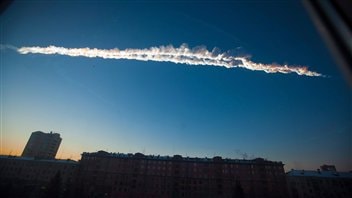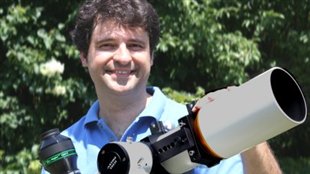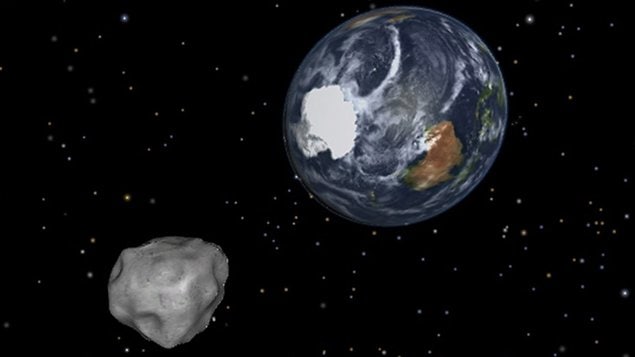The chance of a highly destructive asteroid hitting Earth is higher than scientists previously thought, according to a non-profit organization founded by former NASA astronauts and scientists, including one at Canada’s Western University. The B612 Foundation is trying to raise money to build a telescope that would be sent into space to better detect asteroids headed this way.
A network of sensors listens for nuclear explosions around the earth and information from it was recently released and analysed by members of B612. They found the sensors detected 26 explosions between 2000 and 2013. None of them were nuclear. The scientists say they were all from asteroid impacts. This suggests asteroids are hitting Earth three to ten times more often than was previously believed.

“Blind luck that a city hasn’t been hit”
“I think this is a real eye-opener,” says Andrew Fazekas, science writer and contributor to National Geographic. “…They’re randomly hitting the earth in various places, it could be the Pacific Ocean, Antarctica, wherever…
“We don’t know when these rocks are hitting us, we don’t know where they’re going to be hitting us and the researchers are saying it’s literally blind luck that a city hasn’t been hit so far.”
While the largest asteroids are currently visible through telescopes and are tracked for centuries, those in this study ranged in size from that of a small car to an office building, and they are currently not visible because of their position vis-à-vis the sun. That’s why B612 is lobbying for its Sentinel telescope to be sent into space so it can look back at Earth and see what’s coming toward it.
Asteroids’ energy can dwarf the Hiroshima blast
While many asteroids break apart before they hit the earth, “they pack quite a punch when they hit the atmosphere,” says Fazekas. The asteroids in this study released energy on the order of one to 600 kilotons. By comparison the nuclear explosion that levelled Hiroshima, Japan in 1945 measured only 15 kilotons. “That paints a pretty scary picture,” says Fazekas.
As an example, an asteroid the size of a garbage truck hit the atmosphere above the Siberian city of Chelyabinsk in February 2013 travelling at 50,000km per hour. And while it broke up 20km above the city the shock wave blew out windows, damaged buildings and injured over 1,500 people.

“We have to care enough…”
If we could detect incoming meteors and asteroids, Fasekas says rockets could be sent into space to nudge them out of their path towards Earth. “We have the technology to find these rocks and we can deflect them. We just have to care enough to fund and implement this plan.”
So far the B612 Foundation has only managed to raise private funding.







For reasons beyond our control, and for an undetermined period of time, our comment section is now closed. However, our social networks remain open to your contributions.